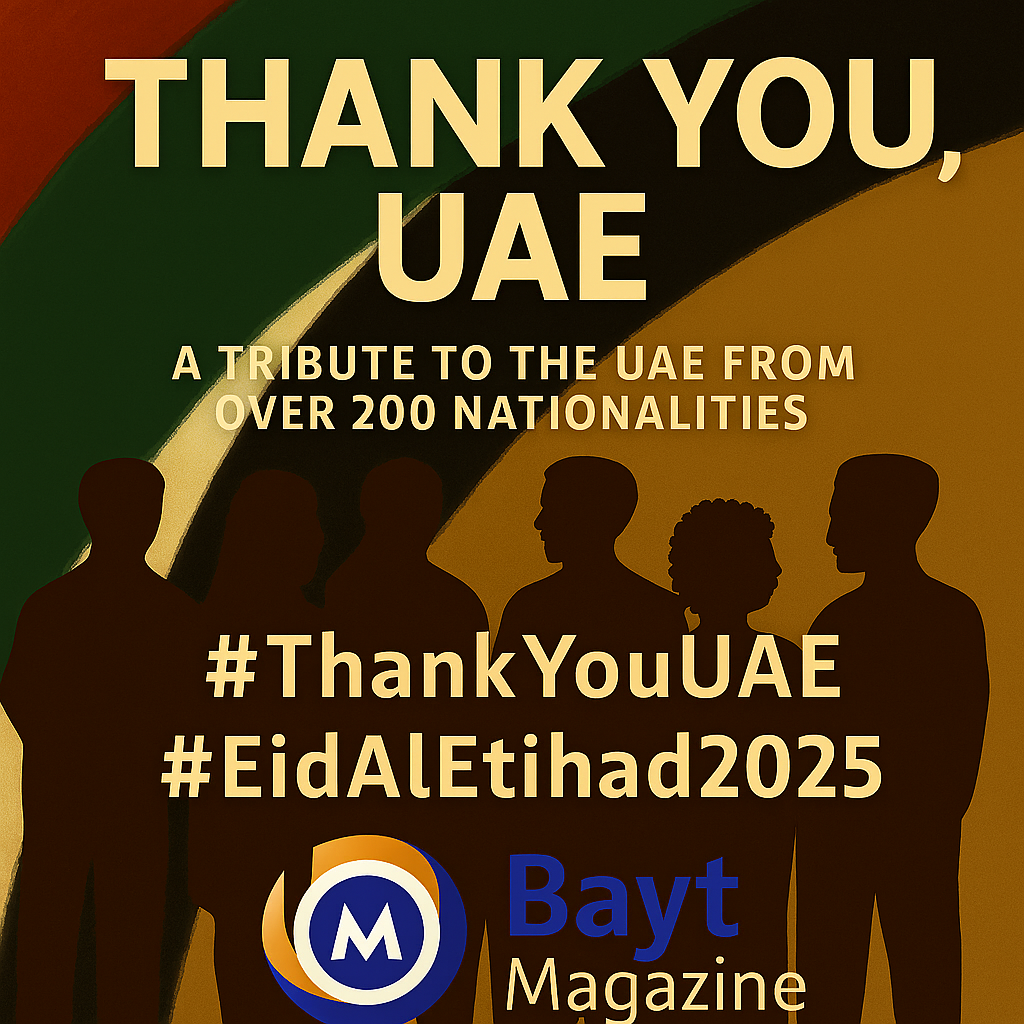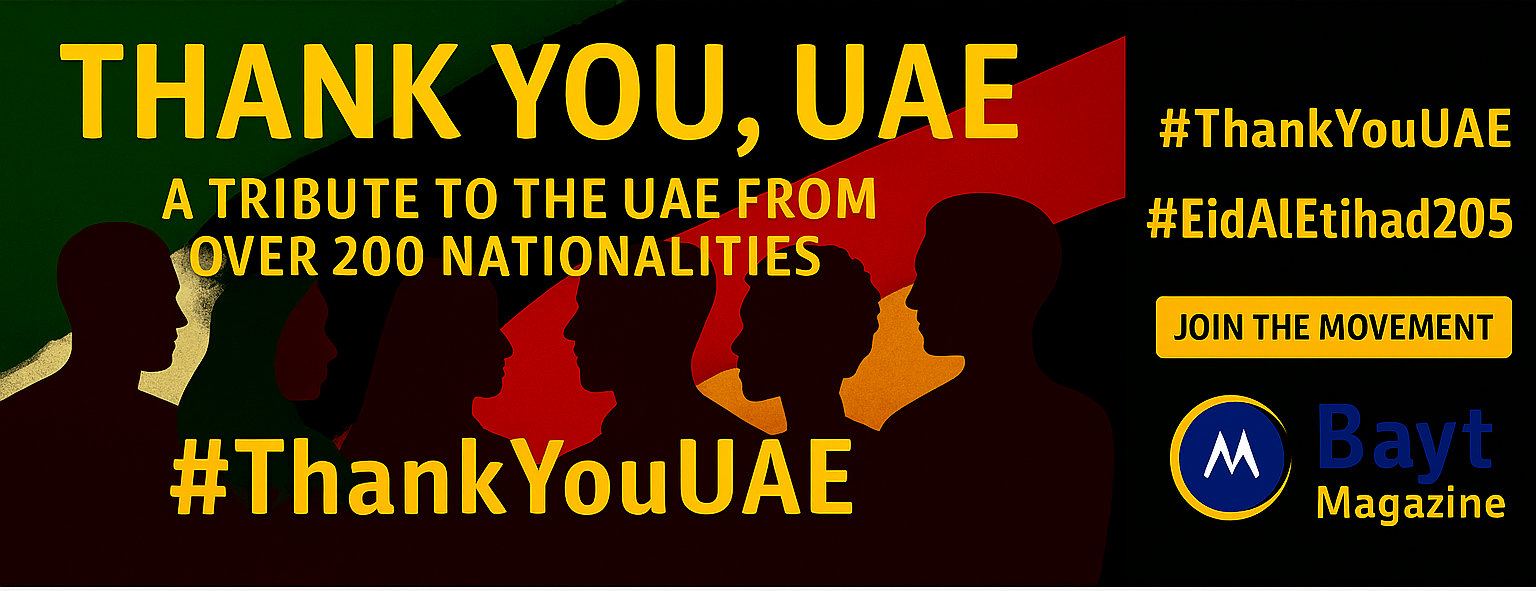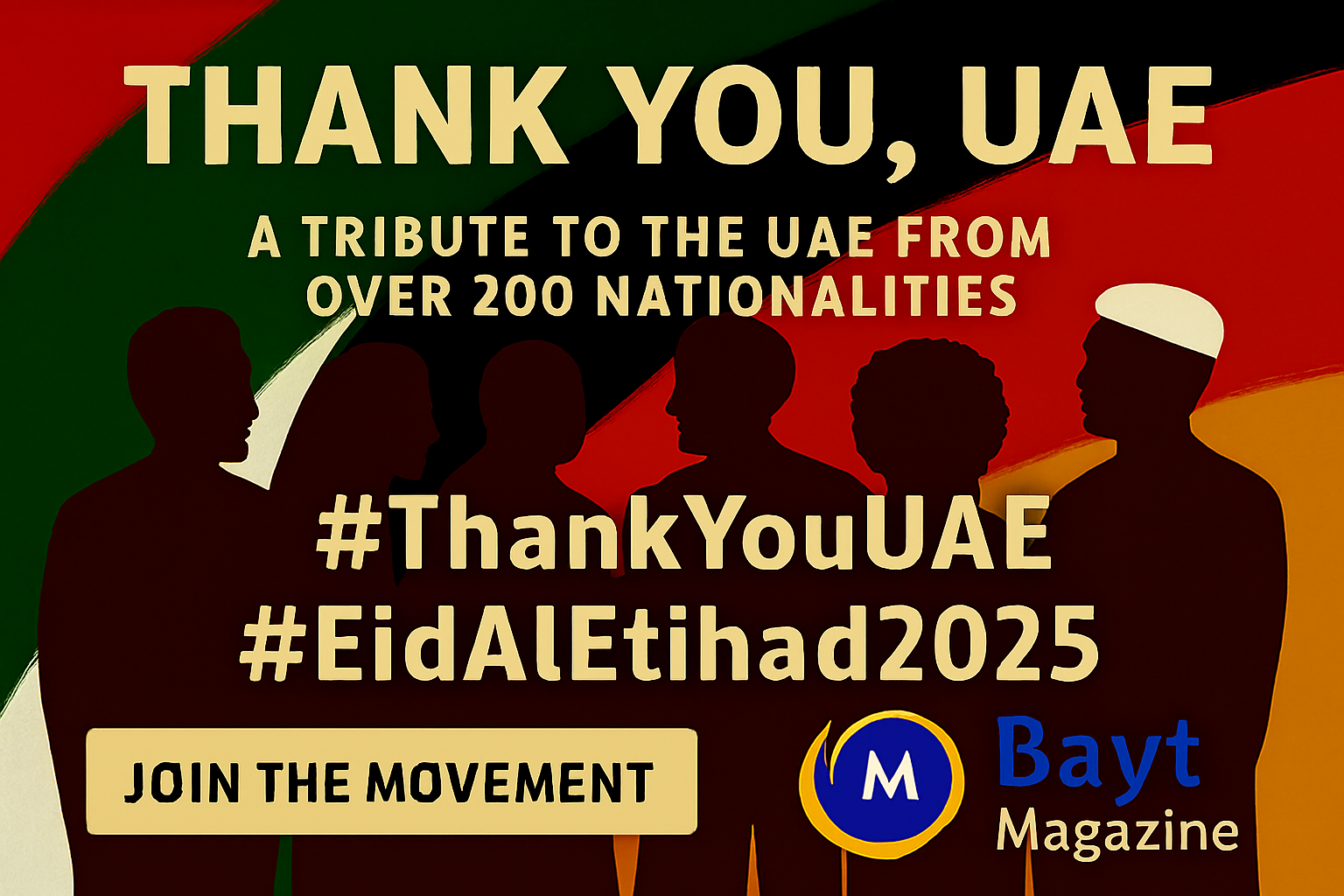UAE tourists spend THB 8,834 per person daily on Thailand’s wellness tourism experiences. These visitors rank among the country’s most valuable tourists. Thailand has positioned itself as a global destination for medical and wellness tourism, which reflects in these numbers.
Middle Eastern visitors stay for 13.6 days and spend close to 90,000 Baht during their trip. Thailand has welcomed over 162,790 Middle Eastern tourists since January 2025. Saudi Arabia leads this expansion with a 15.26% year-on-year increase. The Tourism Authority of Thailand (TAT) wants to draw more than one million visitors from the Middle East and Africa by year-end. Their revenue target stands at approximately US$2.8 billion.
The Global Wellness Institute projects the wellness travel market to exceed $1.3 trillion by 2025. Thailand attracts elite Middle Eastern travelers through its mix of luxury experiences and family-friendly environments. The country’s wellness offerings align with cultural preferences, which makes it particularly appealing to this high-value demographic.
Thailand’s Journey to a Global Wellness Hub
Image Source: ClinicsonCall
Thailand’s wellness traditions stretch back thousands of years. These practices have deep roots in Buddhist principles and natural healing philosophies. Ancient methods have grown from local customs into therapeutic approaches that are now the life-blood of the country’s thriving wellness industry.
From traditional healing to global recognition
The 1990s marked Thailand’s transformation from a beach destination into a respected wellness hub. Luxury resorts began to add traditional healing elements to their offerings. They created immersive experiences that drew international visitors who wanted more than just relaxation. This change aligned with the world’s growing interest in alternative medicine and all-encompassing health practices.
Thailand positioned itself perfectly between luxury hospitality and authentic healing traditions. The country’s wellness sector now covers everything from boutique retreats in northern mountains to integrated medical facilities in urban centers. Each facility highlights Thailand’s unique healing heritage while meeting international standards.
The role of Thai massage and herbal medicine
Thai massage—known locally as nuad Thai—stands out as Thailand’s most recognized wellness export. This ancient practice blends acupressure, Indian Ayurvedic principles, and helped yoga postures to create uniquely effective therapy. Thai massage works differently than Western techniques. It focuses on energy lines throughout the body to restore balance and promote overall wellbeing.
Thailand’s rich herbal medicine tradition holds equal importance. Practitioners have employed indigenous plants like turmeric, lemongrass, and plai to treat various ailments for centuries. These herbal remedies play a key role in luxury spa treatments. Modern techniques combine with traditional methods to create distinctive therapeutic experiences.
UNESCO recognition and global appeal
December 2019 brought a defining moment when UNESCO added traditional Thai massage to its Intangible Cultural Heritage list. This prestigious recognition confirmed centuries of Thai healing wisdom. It boosted the country’s credibility as a legitimate wellness destination significantly.
Thailand’s wellness tourism sector now attracts visitors from across the globe. Middle Eastern travelers show special interest in its blend of luxury and authentic healing experiences. The industry has successfully connected ancient wisdom with modern luxury. Traditional practices thrive among contemporary comforts, making Thailand’s wellness offerings both available and aspirational for elite travelers worldwide.
Why Middle Eastern Travelers Are Choosing Thailand
Middle Eastern travelers now choose Thailand as their top wellness destination. Several unique factors strike a chord with their priorities and what they look for. These visitors typically stay for 13.6 days and spend close to 90,000 Baht per trip. This makes them valuable contributors to Thailand’s tourism economy.
Luxury expectations and cultural compatibility
The Tourism Authority of Thailand showcases the country’s cultural richness and hospitality excellence through five pillars. These pillars are Grand Festivity, Grand Moment, Grand Privilege, Grand Invitation, and Grand Celebration. Middle Eastern visitors expect premium experiences, and Thailand’s wellness sector delivers. The country offers exceptional value that meets their high standards for luxury. These travelers love Thai cuisine, beaches, wellness experiences, nightlife, and historical sites. Their favorite spots include Bangkok, Phuket, Krabi, Chon Buri, and Surat Thani.
Halal-friendly services and privacy considerations
Thailand has invested heavily to become a premier Muslim-friendly destination. Resorts and wellness centers now offer halal dining options, prayer facilities, and experiences that respect Islamic principles. Many luxury establishments provide alcohol-free rooms and ensure guest privacy matches cultural expectations. The sort of thing I love about some resorts is how they create “a level of privacy, customized experiences, and cultural sensitivity that allows Middle Eastern guests to feel completely at ease”. This includes prayer rooms and Halal-certified cuisine.
Spiritual and emotional wellness appeal
Middle Eastern travelers now seek more than just physical treatments. They want wellness experiences that blend physical therapy with spiritual and emotional renewal. Thailand’s wellness philosophy emphasizes balance and mindfulness. This approach appeals to Gulf visitors who want alternatives to Western medical approaches. These travelers often choose programs focused on detoxification, weight management, esthetic therapies, hormonal balance, and physical recovery. They value medical approaches that combine advanced diagnostics with integrated therapies. This allows them to focus on complete wellbeing in a relaxing environment.
On top of that, traditional Thai therapies promote spiritual awakening. Many visitors feel more connected with their inner selves and discover a greater sense of purpose. These benefits last long after their stay ends.
Inside Thailand’s Wellness Ecosystem
Image Source: Compare Retreats Magazine Home
Thailand has built one of the world’s most detailed wellness systems over many years. The country seamlessly combines traditional healing methods with innovative medical technology. Visitors can find options that match any budget, from luxury-seeking Gulf tourists to those watching their spending.
Medical and wellness tourism in Thailand
More than 2.5 million international patients choose Thailand each year for medical care. This generates around 140 billion baht in revenue. The country stands out in specialized treatments like wellness-focused plastic surgery, dermatology, anti-aging therapies, and detailed health screenings. Large hospital networks such as Bangkok Hospital and Bumrungrad International have created special services for Middle Eastern patients. These include Arabic-speaking staff, cultural facilities, and halal food choices.
Luxury wellness resorts and integrative retreats
High-end travelers from the Gulf region prefer Thailand’s top wellness spots like Chiva-Som, RAKxa, and Kamalaya. These places offer custom programs that blend Thai healing traditions with modern medical methods. These resorts take an all-encompassing approach. They combine nutrition guidance, physical therapies, mindfulness practices, and tailored wellness advice in one location. Many luxury spots feature private villas with their own pools, giving high-net-worth Middle Eastern guests the privacy they value.
Preventive health programs for elite travelers
Preventative health has become the life-blood of Thailand’s wellness options for wealthy visitors. The best facilities provide detailed biomarker testing, genetic analysis, and custom longevity programs. These science-based treatments combine advanced diagnostics with personalized nutrition plans, stress management techniques, and targeted physical therapies. Patients receive care in luxurious settings that feel more like vacation spots than medical centers.
Available Thailand wellness tourism options
Thailand offers amazing mid-tier and budget-friendly wellness choices alongside its luxury services. Travelers with different budgets can experience authentic Thai wellness through community healing centers, affordable spa treatments, and wellness-focused accommodations across the country.
Economic and Strategic Impact
Image Source: The Business Research Company
Thailand’s wellness tourism sector has grown remarkably and brought significant economic advantages through high-value Middle Eastern visitors. This market has become a vital part of Thailand’s tourism economy. Its benefits reach way beyond the reach and influence of direct revenue.
High spending patterns of Gulf tourists
Middle Eastern tourists lead Thailand’s spending charts. They spend an impressive THB 88,512 per person per trip. UAE visitors top the daily spending list at THB 8,834 per person. These guests typically stay for 13.6 days, which creates lasting economic value during their extended visits. Wellness-focused tourists spend about 60,000-70,000 baht per trip—1.5 times higher than regular tourists. This difference shows the premium value of the wellness market segment, making it crucial to Thailand’s tourism growth.
Ripple effects on local economy and employment
The wellness sector has bounced back strongly with growth rates of 10-20% annually. Thailand’s wellness market grew from AED 116.03 billion in 2022 to AED 148.71 billion in 2023. The wellness tourism revenues doubled between 2022-2023, reaching AED 45.31 billion with a 119.5% growth rate. This success flows through Thailand’s economy. It supports luxury resorts and medical facilities while creating jobs for organic farmers, traditional medicine practitioners, fitness instructors, and cultural guides. The sector preserves cultural heritage and creates various employment opportunities.
Thailand’s government initiatives and partnerships
The Thai government has created a detailed five-year plan (2023-2027) to promote traditional medicine, certify wellness centers, and improve quality standards. Thailand’s Budget Bureau has set aside over 509 million THB in its 2026 fiscal budget to develop border areas into specialized medical hubs. These plans are the foundations of Thailand’s broader vision to become Asia’s premier medical hub through:
- Establishing the Health Economy Policy Office
- Promoting traditional Thai medicine globally
- Building mutually beneficial alliances for medical tourism
- Developing specialized wellness facilities
- Improving accessibility for key markets
These coordinated efforts help strengthen Thailand’s position as a world-leading wellness destination and generate over 690 billion THB yearly while creating lasting economic growth.
Thailand has become a leading wellness destination for Middle Eastern travelers, marking a soaring win in tourism development. The country blends ancient healing traditions with luxury accommodations to create experiences that strike a chord with elite Gulf visitors.
Middle Eastern guests value Thailand’s unique mix of cultural sensitivity, privacy, and authentic wellness offerings. Their spending shows the economic impact of this demographic, with an average of THB 88,512 per person per trip. Their stays last about 13.6 days, giving them time to enjoy detailed wellness experiences beyond regular tourist activities.
The Thai government saw this potential and made big investments in resilient infrastructure, quality standards, and targeted marketing. These strategic collaborations paid off – wellness tourism revenues more than doubled between 2022-2023, reaching AED 45.31 billion. Specialized facilities that cater to Middle Eastern priorities now thrive in Bangkok, Phuket, and Chon Buri.
Thailand’s wellness sector goes beyond just numbers. It preserves traditional healing practices and creates jobs throughout the country. UNESCO’s recognition of Thai massage verifies these cultural treasures and boosts Thailand’s status as a world-class wellness destination.
Thailand leads wellness tourism with its detailed ecosystem – from luxury integrative retreats to traditional healing centers. This layered approach will give sustainable growth while appealing to a variety of market segments. The path ahead looks bright as Thailand keeps improving its offerings for Middle Eastern travelers who want authentic wellness experiences in a culturally welcoming setting.






